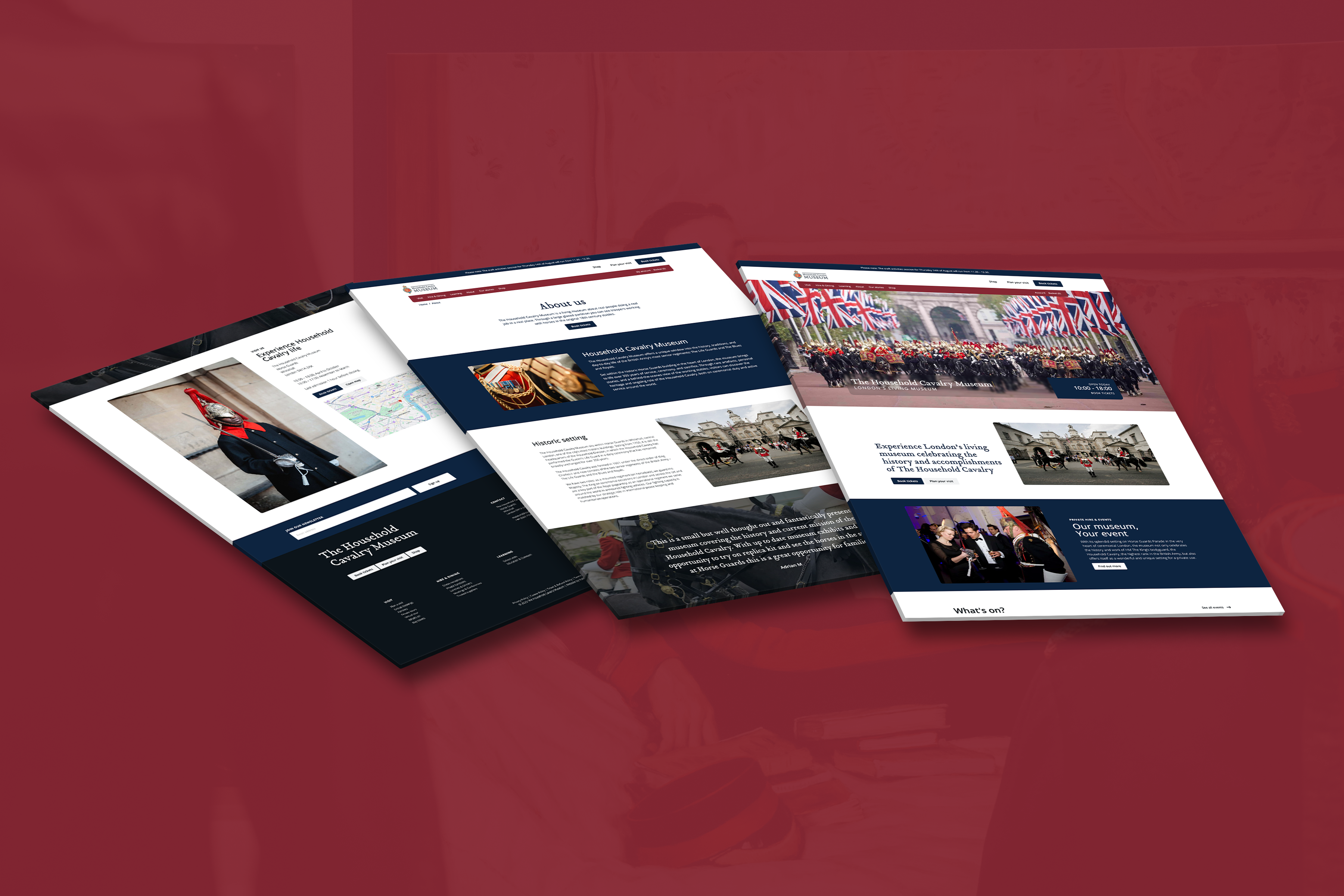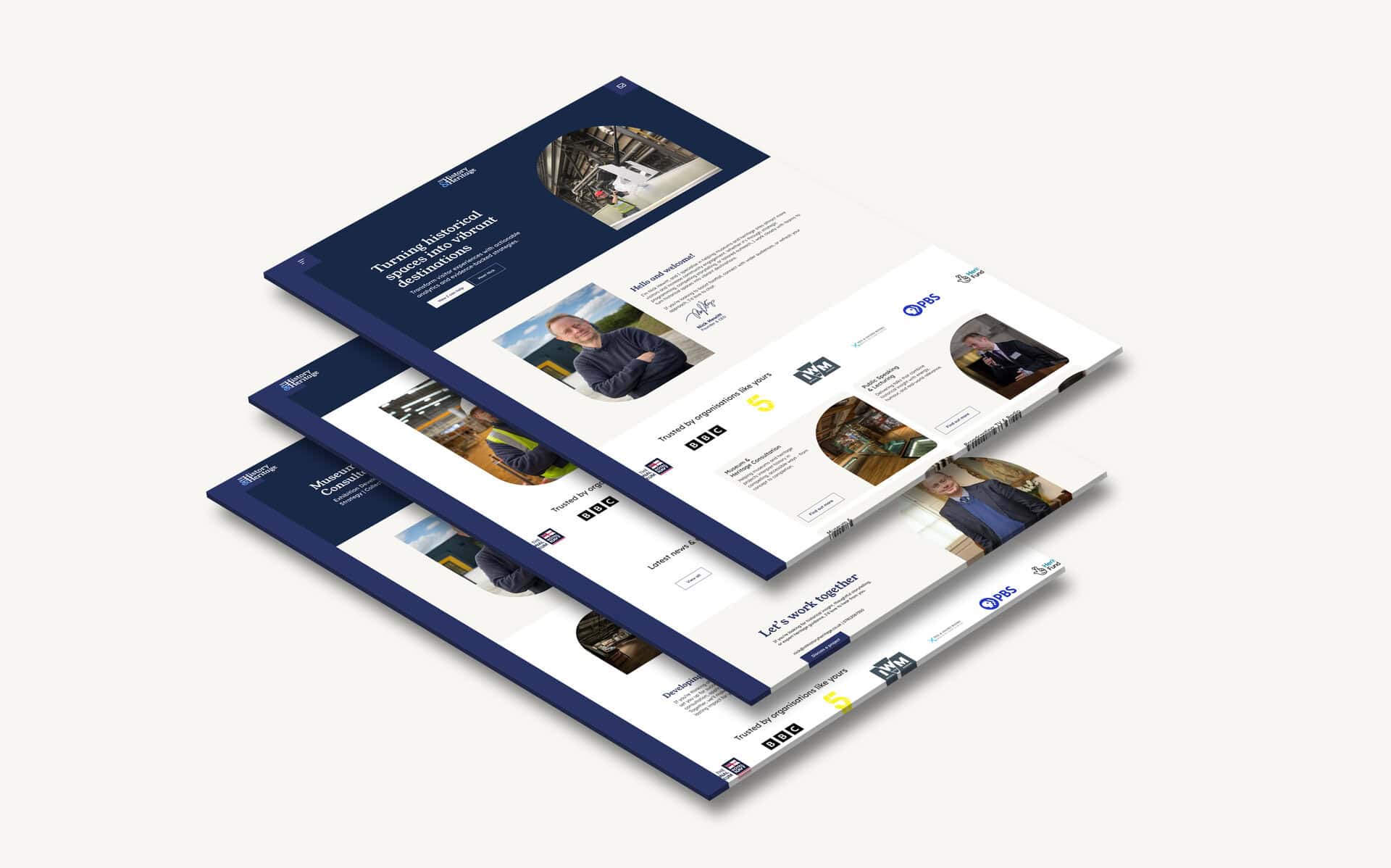Beyond speed: what makes a website genuinely fast and friendly
We’ve all been there. You click a link, wait… and wait… and then give up before the page even loads. For a business, that moment isn’t just annoying — it’s costly. A slow or clunky site doesn’t just frustrate users; it sends them straight into the arms of your competitors.
That’s why speed is no longer a “nice to have.” It’s a requirement. Customers expect it, and so does Google. In fact, Google now ranks websites not only on what they say but how they perform — through something called Core Web Vitals.
So what does it take to make a website genuinely fast and friendly? Let’s break it down.
The scary truth about slow websites
Research shows that if a site takes longer than three seconds to load, more than half of visitors abandon it. That’s potential leads, enquiries, or sales — gone before you’ve even had a chance to impress them.
And Google notices too. Slow, poorly performing sites are pushed down the search rankings, no matter how good the content might be.
The result? Lost visibility, lost traffic, and lost revenue.
Core Web Vitals: Google’s measure of fast and friendly
To put it bluntly, Google has baked user experience into its ranking system. It’s no longer enough to have the right keywords — your site has to perform well technically too.
Enter Core Web Vitals: three key metrics that measure how your site actually feels to users.
- Largest Contentful Paint (LCP): how quickly the main content of a page loads. Users should see something meaningful within 2.5 seconds.
- Interaction to Next Paint (INP): replacing First Input Delay, this measures how responsive your site is when someone clicks or taps. No lag, no delay.
- Cumulative Layout Shift (CLS): ever had a button jump just as you try to click it? That’s layout shift — and it drives users mad. A good CLS score means your site feels stable.
Together, these metrics show whether your site is fast, responsive, and friendly. Fail them, and Google will notice. More importantly, so will your customers.
Hosting: not all servers are equal
Here’s a secret many business owners don’t realise: the same website can perform very differently depending on where it’s hosted.
Stick it on bargain-basement hosting from a provider like GoDaddy, and you’ll often get slow load times, shared resources, and minimal security. Put that same site on a premium, enterprise-level server and it’s a different story: faster, more secure, and more reliable.
We partner with enterprise-grade hosting that would cost an individual more per month if they went direct. But because we manage and maintain it as part of our service, our clients get all the benefits — without the technical headaches. And when something goes wrong, they don’t have to sit on hold with a faceless support desk.
Good hosting isn’t glamorous, but it’s the foundation of a genuinely fast and friendly website.
The “friendly” side of performance
Of course, performance isn’t just about raw speed. A fast site that’s confusing or unpleasant to use won’t convert visitors into customers.
That’s where user experience (UX) comes in:
- Clear navigation: users should find what they need in a click or two.
- Accessible design: sites that work for everyone, including people using assistive tech.
- Readable content: layouts that aren’t cluttered, with text that’s easy to scan.
- Consistent branding: a professional look that builds trust.
Fast alone isn’t enough. Fast and friendly is what keeps people engaged and confident in your business.
The business case for fast and friendly
When you get performance right, the results speak for themselves:
- Higher Google rankings (thanks to Core Web Vitals).
- Lower bounce rates — people actually stick around.
- More conversions — whether that’s purchases, bookings, or enquiries.
- Stronger trust and credibility — because people feel good using your site.
On the flip side, a slow, clunky site doesn’t just lose customers. It damages your brand. People remember the frustration, and they rarely give second chances.
How to achieve it
So, what does it take to make a site genuinely fast and friendly? It’s a combination of smart design and proactive maintenance.
- Build it right: from the codebase to the design, a site should be lightweight, responsive, and SEO-friendly from the start. That’s why we focus on performance in our Web Design Hampshire projects.
- Host it right: enterprise-level hosting, managed and maintained, keeps things running smoothly.
- Maintain it right: regular updates, backups, performance checks, and security monitoring ensure your site doesn’t slow down over time. That’s where our Website Maintenance plans come in.
It’s not about one quick fix — it’s about building performance into every layer of your site.
The new standard
With Google’s Core Web Vitals and real-world user data from Chrome UX reports, performance isn’t optional anymore. It’s the new standard.
And while the technical terms might sound complicated, the principle is simple: if your site feels slow, unstable, or awkward, both users and Google will move on.
A fast, friendly website isn’t a nice extra. It’s the baseline your business needs to compete.
Ready for a website that’s fast, friendly, and future-proof?
If your current site feels sluggish or clunky, it’s time to take performance seriously.
Whether you need a brand new site built with speed in mind or proactive care to keep things running smoothly, we can help.
Take a look at our Web Design Hampshire and Website Maintenance services to see how we build and support websites that are genuinely fast and friendly.
Because in today’s world, anything less isn’t just inconvenient — it’s a liability.








